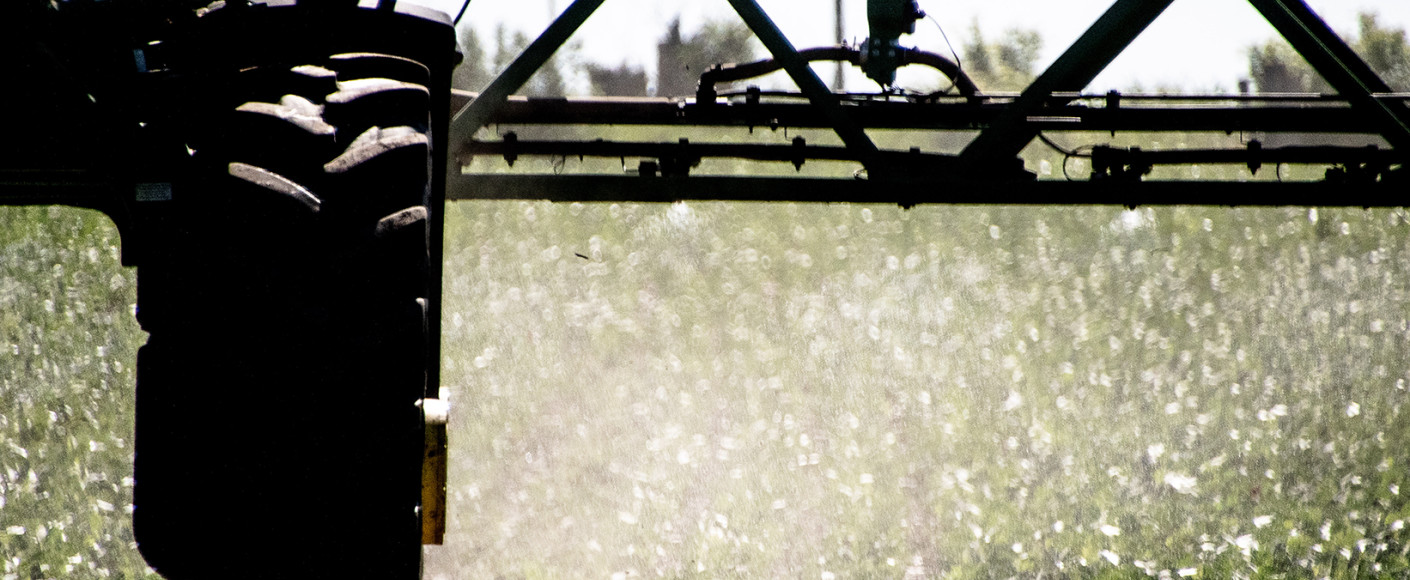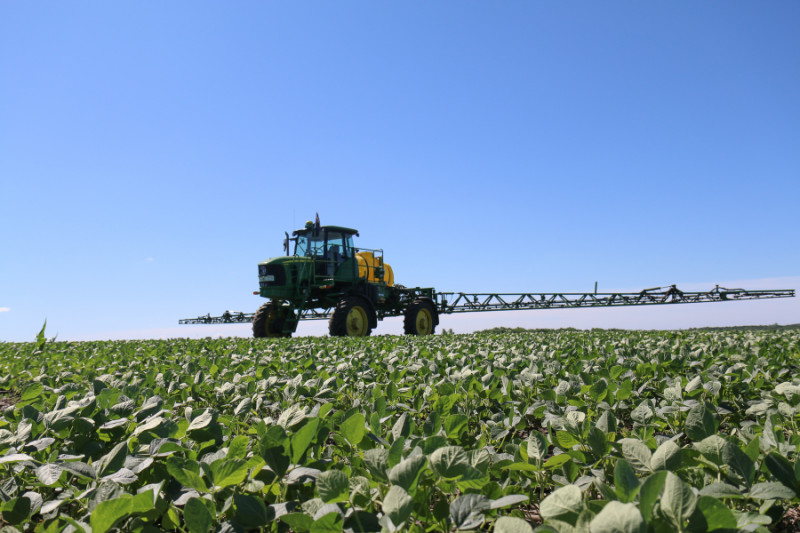What You Need to Know About Pesticides
Eating healthy, wholesome food is a priority for many families. We rely on produce, meats, dairy and grains for our nutrients, but we also want our meals to taste delicious. Preparing good food our whole family will enjoy can sometimes be a challenge. Add the fear of pesticides to the mix and anxiety might start to creep in.
Should you be concerned about these chemicals? We’ll break down how pesticides are used and monitored, so you can be confident the food that reaches your table is safe for your family to eat.
What Are Pesticides?
Let’s start off with the word “chemicals.” This may conjure up an image of a dangerous synthetic material, but it’s important to remember all of life (and non-life!) is made up of chemicals. If you dust off your memory of the periodic table from high school, you might recall all the elements — the building blocks of nature — are chemicals. When combined into compounds, they have different properties and effects. Some combinations are produced in nature, while others are produced in labs. Pesticides are chemical compounds created to protect crops from harm by insects and other pests.
Like medications, pesticides are formulated with active and inert ingredients. These ingredients are carefully tested to determine they work as intended and to ensure they’re safe for use. Pesticide evaluation takes into account many factors including potential ecological and health impacts.
Based on the evaluation, the Environmental Protection Agency determines if a given pesticide is safe to use and, if so, how much of it can be safely used. The EPA then establishes tolerances for pesticides based on the safety data. Tolerances are the maximum amount of residue allowed on food. These tolerances are very small and are measured in parts per million. They vary by the active ingredient and the food it’s applied to. For example, bananas have a tolerance of 0.1 part per million for the active ingredient diuron and 2.0 parts per million for thiram. (Diuron is an herbicide that works by disrupting photosynthesis in certain plants and thiram is a fungicide that protects fruit trees from harm by animals.)
Pesticides — including their inert ingredients — must be registered with the EPA as part of the regulatory process. Every pesticide used in the U.S. is thoroughly tested before it’s applied to crops.
How Are Pesticides Used?
Farmers apply various chemicals like pesticides and fertilizers to their fields to keep crops and soil healthy. They typically refer to these external applications as inputs. People often think farmers drench crops in inputs, but that is definitely not the case.
Farmers use inputs only when absolutely necessary and only in the smallest amounts needed to get the job done. Why? For starters, as we’ve discussed, strict regulations govern pesticides, including how much can be used. There are also strict requirements for who can apply pesticides to land. Specially licensed professionals operate spray rigs and are responsible for applying various inputs to fields. When you see a spray rig, it may look like a lot of pesticide is being applied to a field, but the fact is most of what you see is water. To treat an acre of cropland may take as little as one-third of an ounce of pesticide.
Keep in mind, farmers and their families work, live and play on the farm. Farmers are not going to endanger their loved ones by applying unsafe chemicals or applying unsafe amounts of chemicals. They place a lot of care in their land and crops. Environmental sustainability is closely linked to their business sustainability. By caring for their land, the land will care for them. Also, inputs are expensive. To use them excessively would cost a lot of money and eat up their profits. It just doesn’t make sense from an ecological or economic standpoint.
Are There Pesticides in Our Food?
Once pesticides are evaluated and the tolerances are established, the U.S. Department of Agriculture and Food and Drug Administration monitor pesticide residue levels and enforce the tolerances to ensure proper food safety. They routinely test foods for pesticide residue to determine if any detected amounts exceed the tolerances. The USDA monitors meat and milk products. The FDA monitors other foods like grains and produce. One of their monitoring programs, called the Pesticide Data Program, issues regular reports detailing the findings. The most recent report showed more than half of the foods tested had no residue at all and 99% were within the tolerance limits. (Remember, these limits are minuscule.)
Some organizations take the residue information and rank foods from the greatest to least residue amounts, calling foods with the highest residue levels “dirty.” These lists don’t take into account the tolerances or note if they fall within acceptable limits for a given pesticide or food. The lists fall more in the category of internet clickbait than scientific analysis.
The big takeaway for pesticides used in growing our food is not that foods are dirty or clean. The big takeaway is that food raised in the U.S. is very safe to eat. Our food has very clear guidelines when it comes to these chemicals and is carefully monitored.
Hopefully, understanding the transparency of the testing will give you some peace of mind about the safety of our food supply and the food you prepare in your kitchen. As always, follow proper food handling guidelines like rinsing your produce and storing food appropriately (at proper temperatures and within proper timelines) for general food safety at home.





